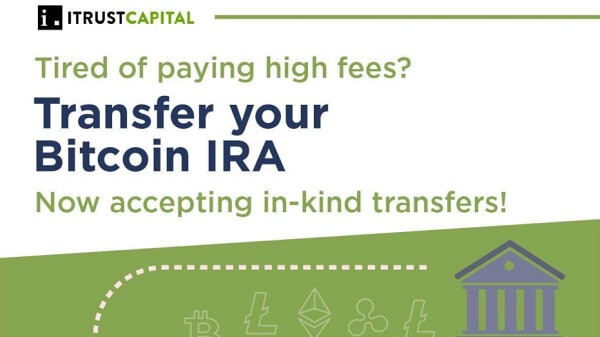
TLDR
Bitwise CIO Matt Hougan sets $500K as Bitcoin’s maturity threshold
Bitcoin has shown 100% increase this year
$500K target based on Bitcoin achieving equal market share with gold
Current market comparison: Bitcoin $2T vs Gold $18T
$1M price target “absolutely” possible as market expands
Matt Hougan, Chief Investment Officer at Bitwise Asset Management, has outlined a detailed case for Bitcoin reaching $500,000, marking what he considers the cryptocurrency’s maturity threshold.
In a recent blog post, Hougan explained why this price target represents more than just an arbitrary number in Bitcoin’s evolution.
The digital asset has already demonstrated strong performance this year, posting a 100% increase in value. Despite this substantial growth, Hougan maintains that Bitcoin remains in its early stages of development, particularly when compared to traditional store-of-value assets like gold.
Current market metrics support Hougan’s analysis. Bitcoin’s market capitalization stands at approximately $2 trillion, while gold commands an $18 trillion market share. This disparity forms the foundation of Hougan’s price projection, as he sees Bitcoin potentially achieving parity with gold in the store-of-value market.
The mathematics behind the $500,000 target stems from Bitcoin’s fixed supply characteristics. With approximately 20 million bitcoins in circulation and only one million more to be mined over the next century, reaching $500,000 per coin would put Bitcoin’s market value at half of the current store-of-value market.
Hougan addresses potential market volatility head-on in his analysis. While acknowledging that short-term price fluctuations are normal, he suggests that the $100,000 price level could be achieved in the near term, though he cautions that the market might experience pullbacks along the way.
The Bitwise executive’s outlook extends beyond the $500,000 threshold. He argues that Bitcoin has the potential to expand the overall store-of-value market rather than simply competing for existing market share with gold. This expansion could push prices even higher, potentially reaching or exceeding $1 million per coin.
Market dynamics support this possibility, according to Hougan. As governments continue to increase debt levels and expand currency supply, the demand for store-of-value assets typically rises. Bitcoin, with its fixed supply and growing institutional acceptance, could benefit from these macro trends.
Institutional involvement in the Bitcoin market has increased notably. The approval and launch of spot Bitcoin ETFs have created new avenues for traditional investors to gain exposure to the digital asset. This development has brought additional liquidity and price discovery mechanisms to the market.
The regulatory landscape for Bitcoin continues to evolve. Clear regulatory frameworks in various jurisdictions have made it easier for institutional investors to participate in the market. This increased clarity has contributed to Bitcoin’s growing acceptance as a legitimate asset class.
Technical infrastructure supporting Bitcoin has also improved. The development of custody solutions, trading platforms, and settlement systems has made it easier for both retail and institutional investors to access the market. These improvements have addressed many of the early concerns about market accessibility and security.
Market data indicates growing adoption across different user segments. Retail investors, corporations, and financial institutions have increased their Bitcoin holdings, contributing to broader market participation and liquidity.
Professional investment managers have begun incorporating Bitcoin into portfolio strategies. This integration represents a shift from viewing Bitcoin as a speculative asset to considering it a potential store of value and portfolio diversifier.
The relationship between Bitcoin and traditional financial markets continues to develop. While Bitcoin has shown correlation with risk assets during certain periods, it maintains unique characteristics that set it apart from conventional investments.
Trading volumes and market depth have increased substantially, indicating greater market maturity. This improvement in market structure supports more efficient price discovery and reduces the impact of large trades on market prices.






 Bitcoin
Bitcoin  Ethereum
Ethereum  Tether
Tether  XRP
XRP  USDC
USDC  Lido Staked Ether
Lido Staked Ether  TRON
TRON  Dogecoin
Dogecoin  Cardano
Cardano
Be the first to comment